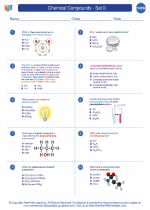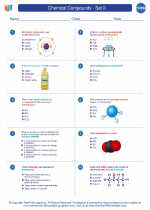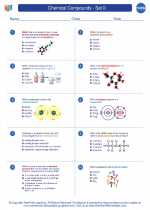Magnetic Properties
Magnetism is a property of certain materials that exert a force on other materials. This force is either attractive or repulsive, depending on the orientation of the magnets involved. There are different types of magnetism, including ferromagnetism, paramagnetism, and diamagnetism.
Ferromagnetism
Ferromagnetic materials, such as iron, nickel, and cobalt, have magnetic moments that align in the same direction, causing them to be strongly attracted to magnets. They can also be magnetized themselves, retaining the magnetic properties even after the external magnetic field is removed.
Paramagnetism
Paramagnetic materials, such as aluminum, platinum, and oxygen, have magnetic moments that align with an external magnetic field, causing them to be weakly attracted to magnets. However, they do not retain their magnetic properties once the external field is removed.
Diamagnetism
Diamagnetic materials, such as copper, silver, and gold, have magnetic moments that align in the opposite direction to an external magnetic field, causing them to be weakly repelled by magnets. Like paramagnetic materials, they do not retain their magnetic properties once the external field is removed.
Study Guide
When studying magnetism, it's important to understand the differences between ferromagnetism, paramagnetism, and diamagnetism. Here are some key points to focus on:
- Identify the materials that exhibit ferromagnetic, paramagnetic, and diamagnetic properties.
- Understand the behavior of these materials in the presence of an external magnetic field.
- Learn about the magnetic domains within ferromagnetic materials and how they contribute to the overall magnetic behavior.
- Explore the applications of magnetism in various technologies, such as electric motors, magnetic resonance imaging (MRI), and magnetic storage devices.
By mastering these concepts, you will have a solid understanding of magnetic properties and their practical implications in the world around us.
[Magnetic] Related Worksheets and Study Guides:
.◂Chemistry Worksheets and Study Guides High School. Chemical Compounds - Set II

 Worksheet/Answer key
Worksheet/Answer key
 Worksheet/Answer key
Worksheet/Answer key
